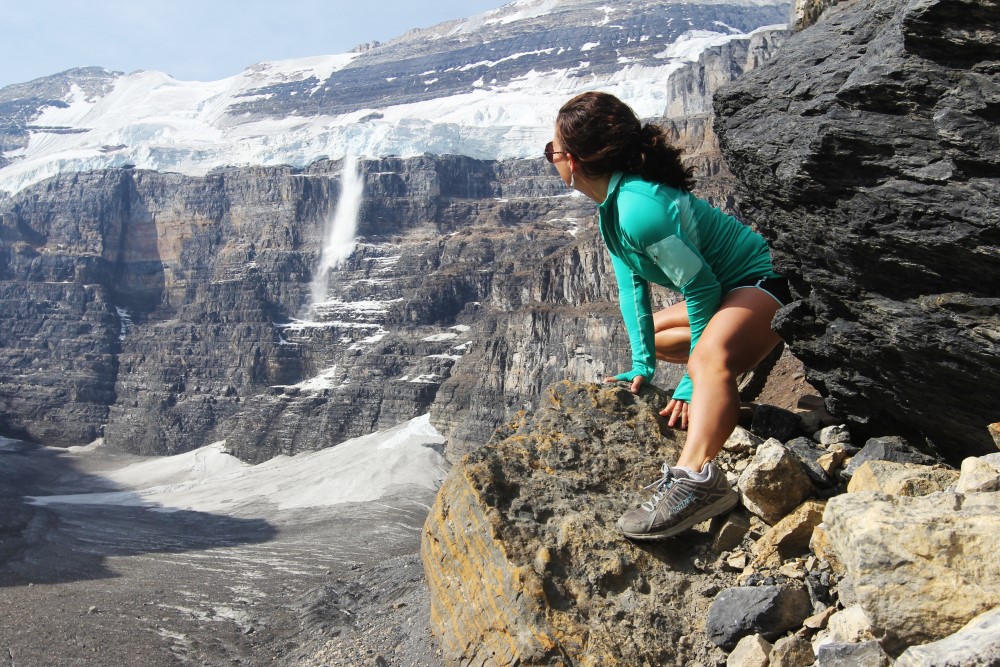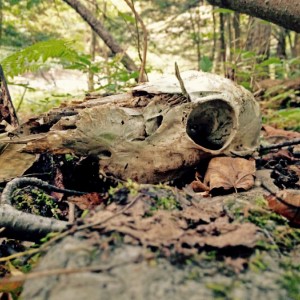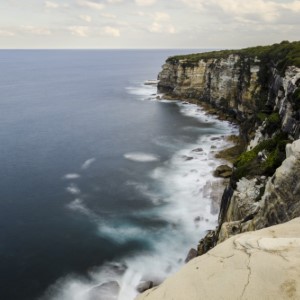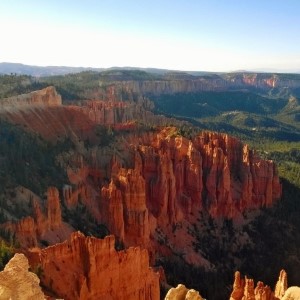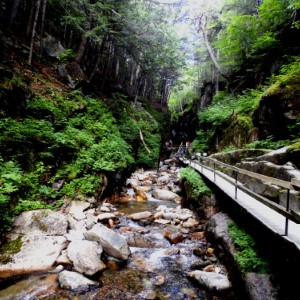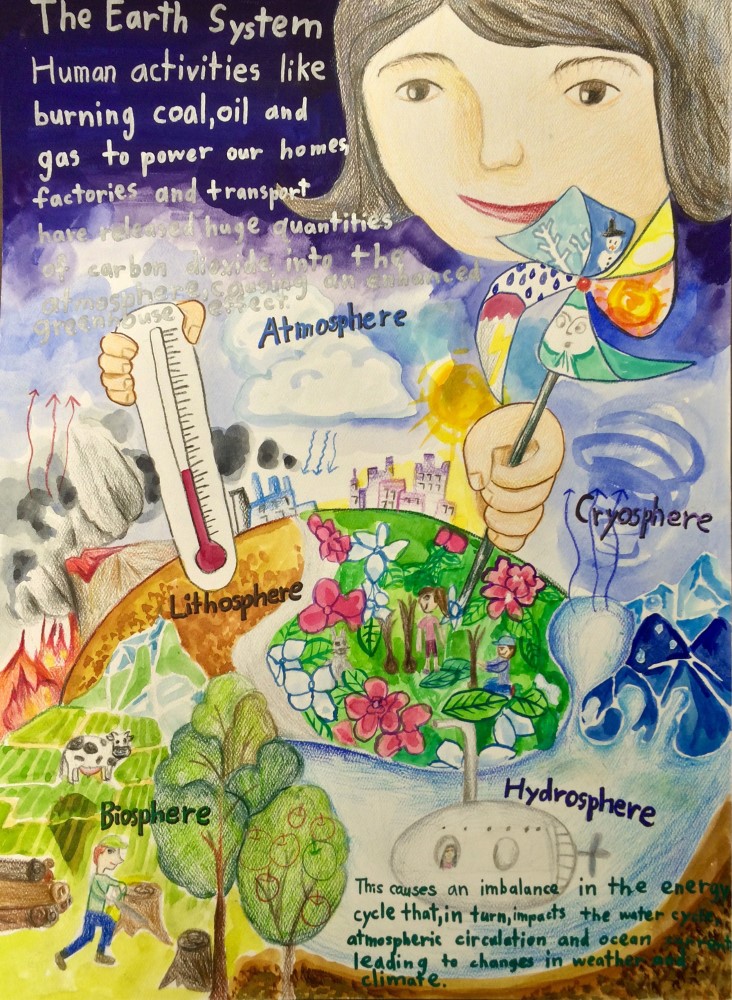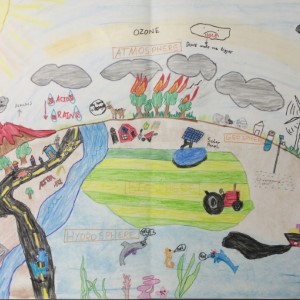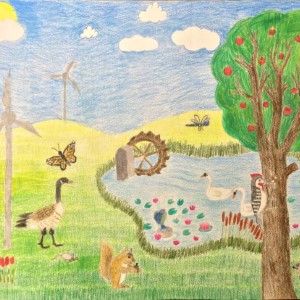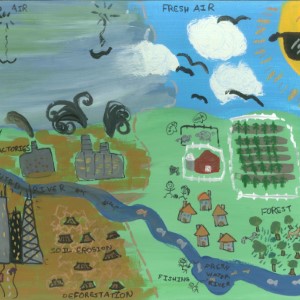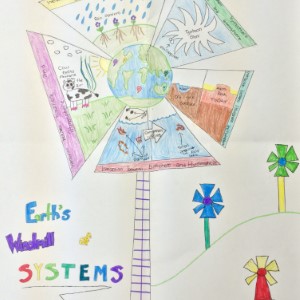2015 Contest Winners
Photography Contest
Mary Lide Parker of Chapel Hill, North Carolina, won first place in the photo contest. While stopping to take a photo on her hike of the Plain of Six Glaciers Trail, part of the glacier in the background broke off and slid down the mountain.
Submissions illustrated the theme “Earth Systems Interacting.” Earth systems continually affect and influence one another. Photography is an important medium for representing Earth systems, and entries to the contest showed the affects of Earth systems in their community.
Finalists
Visual Art Contest
Anna Lee of Suwanee, Georgia, won first place in the visual arts contest with a creative painting showing colorful connections among Earth systems in her community.
Students in grades K-5 made two-dimensional artworks illustrating the theme “Picturing Earth Systems.” Scientists pay special attention to the ways that these things affect each other, such as the way wind shapes the landscape or falling rain nourishes plants. These parts of the natural world can be described not only in words and numbers, but also in images. Students sent in artwork showcasing how land, water, air and life interact.
Finalists
Essay Contest
Henry Harris of Virginia Beach, Virginia, won first place in the essay contest with his paper on “Soil Moisture and Its Importance to Society.”
Students in grades 6-9 wrote essays of up to 300 words addressing this year’s theme, “Earth Science Visualization Today.” Since the earliest hand-drawn maps and diagrams, “visualization” has been an important way of explaining and understanding the interactions of land, water, air, and living things. Earth scientists today use more sophisticated technology to monitor and represent these Earth systems - the geosphere, hydrosphere, atmosphere, and biosphere. Students were expected to explain one way that geoscientists’ use of cutting-edge visualization is advancing Earth science today.
The views and assertions presented in essays are neither endorsed by nor reflect the positions the American Geosciences Institute.

